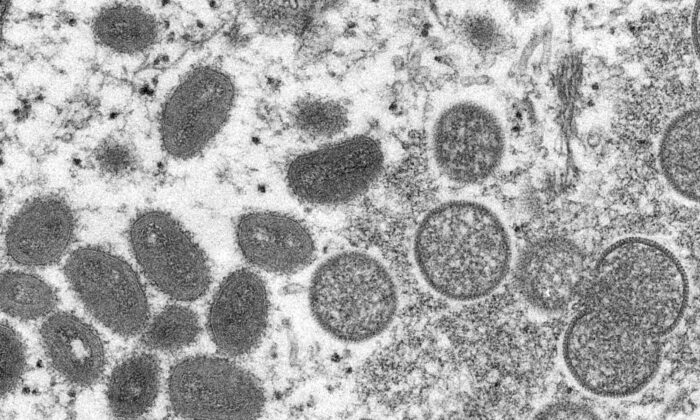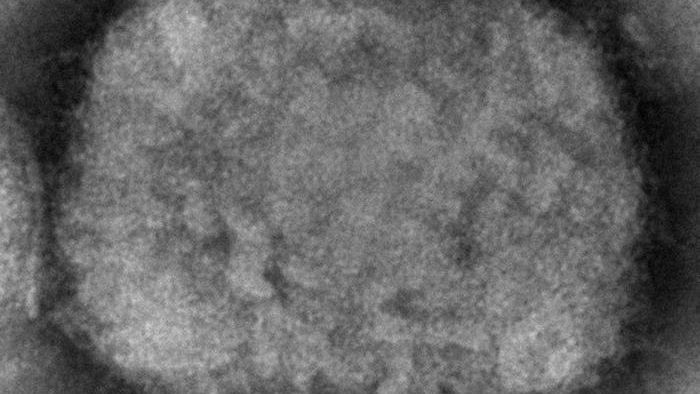
New York City has seen a significant increase in cases of the mpox virus since last October, according to local health officials. The latest data shows an average of 36 monthly cases since then, up from the usual 2-20 monthly cases for most of the year.
The majority of those infected were men who have sex with men and unvaccinated or had only received one dose of the vaccine. Black or Hispanic people between the ages of 25 and 44 were also disproportionately affected.
Health officials are urging vigilance, especially as summer approaches when higher transmission may occur. They encourage medical professionals to monitor for cases and make testing easily available.
The U.S. Centers for Disease Control and Prevention (CDC) reports that there are two types of the mpox virus: a more severe Clade I and a less severe Clade II. While 99.9% of people survive Clade II, some outbreaks of Clade I have killed up to 10% of people who got sick.
New York City saw an increase in human leptospirosis cases, with 24 cases reported in 2023 and 6 cases reported so far in 2024. Most human leptospirosis cases are caused by rat urine.
In response, the city appointed Kathleen Corradi as the city's first-ever rat czar and invested $3.5 million in an accelerated rat reduction plan.
The CDC recommends increasing vaccine uptake to prevent infections and severe disease. The JYNNEOS vaccine is available for those at risk of exposure.
Symptoms of mpox typically occur between three to 17 days after exposure and include a rash or sores that look like blisters or pimples, flu symptoms, and close contact with someone who has mpox.
While there are no reported cases of Clade I in the U.S., the recent outbreak in the Democratic Republic of Congo poses a risk of introduction via travel.
The CDC advises that anyone who may have been exposed or could be at risk of exposure in the future should get vaccinated against mpox to prevent infection and reduce symptoms.






